What do the brands ‘tinkertonk’, ‘Yahead’, ‘PrimeMatik’, ‘HomeDesign’, ‘Blinky’, ‘Rottner’, and ‘Popamazing’ have in common? They’re all fake brands used for selling the same generic product on Amazon. Indeed, it’s even more bizarre when you realise that half of them are different brands for the same product from the same seller.
The Tinkertonk product is by Popamazing for £45.99 who also sell the same product as Popamazing bu Popamazing for £39.99. HomeDesign is by Rottner for £40.82 who also sell the same product as Rottner Ashford by Rottner for £38.70… even more bizarrely both shipped by the same Amazon merchant. The trend for making up fake brands is so prevalent that some businesses appear to make up fake brand names when they’re listing and forget to check if they’ve already created a fake brand for that product in the past.
On eBay, it’s not a particular problem as buyers are used to trawling through pages of identical products where the only differentiator is the price, shipping service and transit time. On Amazon, buyers are used to a single product detail page for each product so only one appears in search and then for what Amazon thinks will be the best proposition for a particular buyer to be presented in the Buy Box, which largely is driven by price but may also differ depending if the buyer subscribes to Prime and could enjoy free shipping.
There are many reasons why a retailer might want to create a fake brand to differentiate their offering. After all if you’re selling a generic Chinese product there’s nothing to set you aside form your competition other than price and service and if the service is Amazon Prime then it’s a race to the bottom on price. Other reason may be because you need to have a brand and product name when listing on Amazon and if you’re selling a generic Chinese product the only option open to you might be to create a fake brand – after all if you try to list against a competitor’s fake brand they’ll simply claim IP rights and get your offer taken down and you’ll have an IP infringement registered against your account.
There’s no real solution available when a fake brand has been created on Amazon and you want to list the same product, other than to create yet another fake brand. However the situation is getting out of hand for some products with anything up to a dozen or more fake brands all for the identical item and that’s making the buying experience on Amazon become very similar to that on eBay – scrolling past a ton of listings all with similar (often factory stock) images for the same generic product.
What solution do you use for your business? Are you in the habit of creating your own ASIN and perhaps even buying GS1 EAN GTINs to get your listing live or is there a smarter solution that doesn’t include creating yet another fake brand?
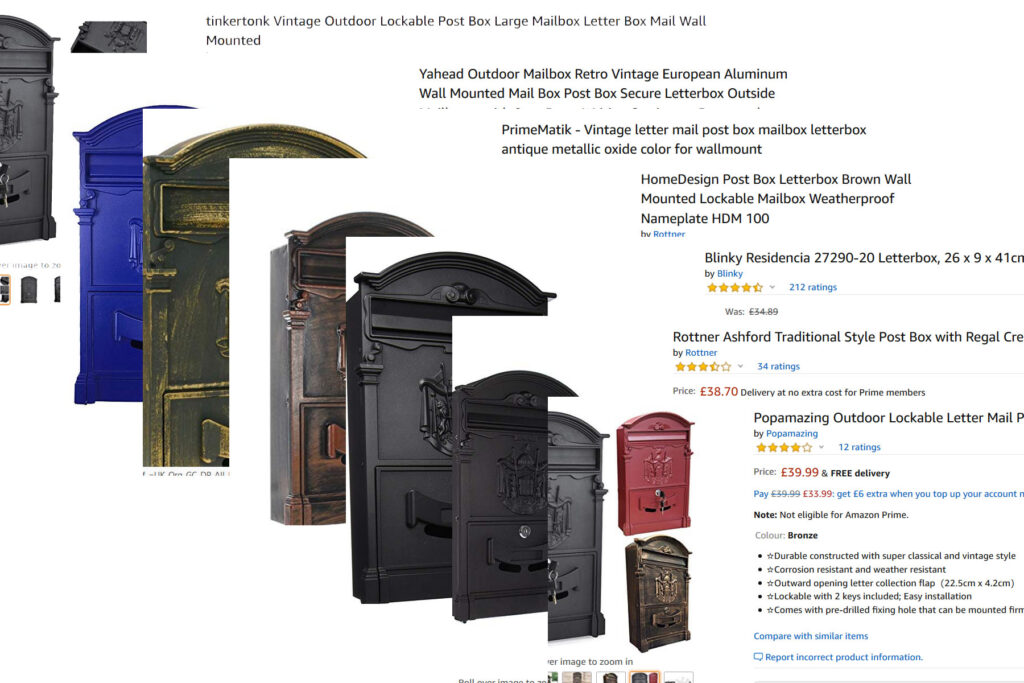




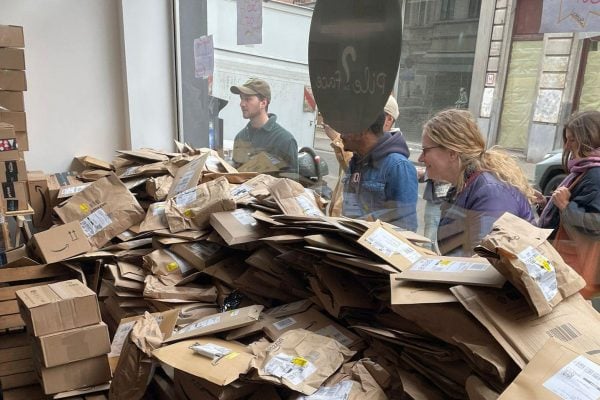
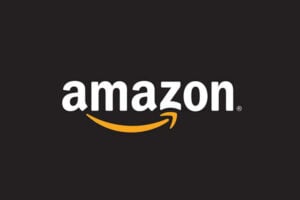
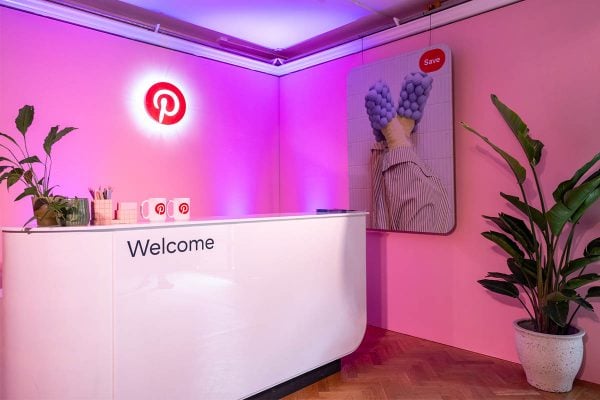
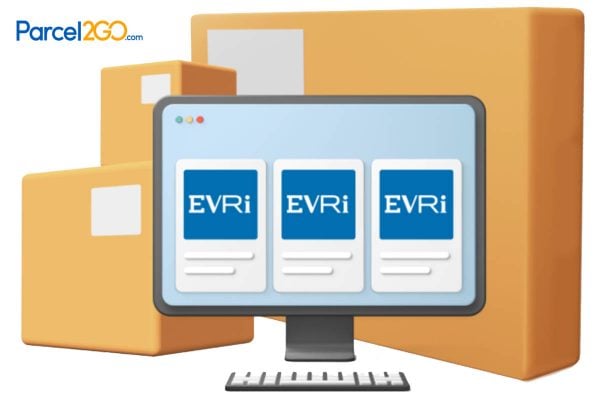
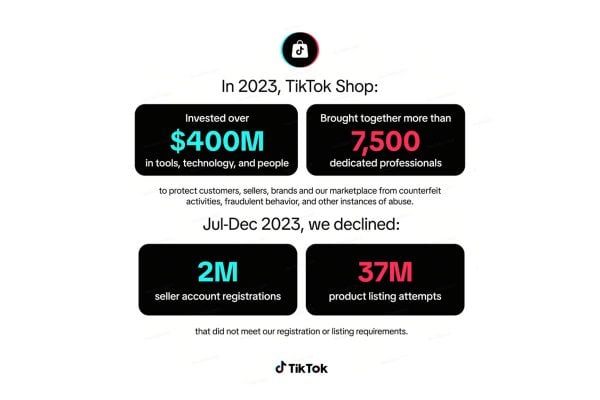
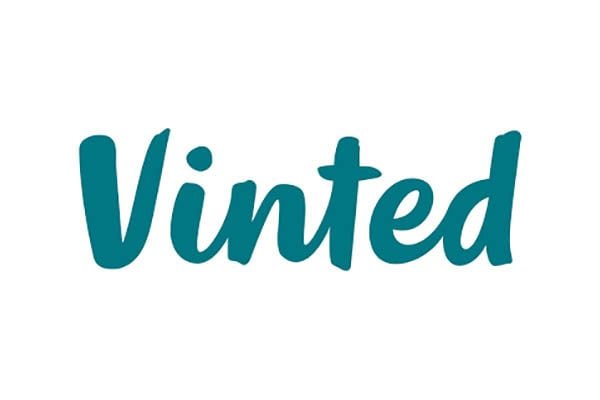
24 Responses
I don’t buy much on Amazon so I may be biased here a little.
The fakes sum up A. pretty well. Those are everywhere. I needed new vacuum hover some months ago and experienced the same issue as above – same design, different colours, different names & prices. Cheap stuff made in China. I won’t plug it into a socket in my home.
Drove to local shop in the end. Bought hover made in Germany haha
This has been a problem for years. Some even go so as far as sticking their logo label on the product. And then there are the more sophisticated Chinese sellers that use their own branded packaging for a generic item that is identical apart from packaging to 10 other branded items.
The solution is to block all Chinese sellers. The buyers don’t want them and the sellers certainly don’t, so why are they still being allowed to spoil the shopping experience for Amazons customers?
And don’t start me on taxes!
NorthCrystal, did you buy a Hoover or a hover vacuum cleaner? If the latter I am fascinated as to how it works and who supplied it.
Chris Dawson, I do not understand why you call these mail boxes ‘Fake Brands’ since they do not seem to be imitating an existing brand.
You allude to resellers aiming to differentiate products which is a normal commercial practice. Thus, a nail is just a nail until I differentiate it by calling it NailX. As long as its performance complies with legal requirements, no problem for NailX. They could also be A/B testing.
If I were any of the resellers above I would be running to my Lawyer.
Amazon are facilitating this: https://medium.com/@jacksoncunningham/extinction-amazon-and-the-end-of-the-american-entrepreneur-8c2645f38976
It is indeed a difficult one and in a way perfectly legal so long as the original producer or design holder doesn’t object. In the pool and spa trade we see it all the time with accessories, proberly as most are made in China anyway! I can go to any of the main producers and buy stuff in bulk and have them package it with my own branding… so i can create a brand just on paper if you like. See it all the time.
I work with another company that is a large wholesale and they often get these chinese companies to produce a product for them. However qiute often the sting is that the chinese insist that after 3 or 5 years etc that the design is open to them to use and sell as their own… so soon after everyone has your design and is own branding it. Some will call out copyright, but unless you want to pay huge amounts of money, that will be the condition of production.
When you look at inflatable spas, apart from the main brands – lay z spa and mspa etc, you will find they all look the same etc. Not surpisingly they all come from the same design… just bought in bulk and branded as a companies own brand… not really any different from general own branding of everyday products. What catches people out is when a more premium brand releases a product and you expect it to be of the same standard, not a cheap generic items rebranded.
A well know spa company do this with their inflatable spas, and command a higher than normal price for them because people mistakenly think they are getting a product made by the company selling them, which they are not! You could buy the same items for a few hundred less just with a different name!
What is the answer? No idea…. So long as the owner of the design is happy to see owner branding or sells it as unbranded then not alot you can do. Must admit we have done it ourself with some generic items as just about everyone else does and you have to do more to make people buy yours rather than the straight unbranded version selling direct from china at half the price!
The key is, are people being lied too about anything more than a ficticious name? Are the specs correct? Is it a copyright issue? Is it what is says it is? `If all is ok… do buyers really care?
Any form of success gets copied and it is quite easy these days to get your own GS1 barcodes and brand from the IPO, thus satisfying Amazon requirements.
If you are manufacturing or having items manufactured exclusively for you then the item can still be copied (aka knock off aka similar version).
As said above, much of it depends on the creator, what copyright protection they have and will they fight it if they feel others are profiteering from their design/product.
Steve,
I am talking about the same product… literally. So the quality should be the same regardless of what brand is applied? However that doesn’t include claiming that a product is a brand that it isn’t.
That spa supplier kind of falls into that category as it uses it’s own premium brand which it produces, and applies it to a product made by someone else of an inferior quality, thus inferring that it is made by them! Which i think is wrong.
If we are to say that buying a generic product and creating your own brand for it is wrong…. then there goes most own branding as often it is a publically available design etc, made for other companies in bulk. Why can’t people just look at the brand name? if they are looking for item by company ‘X’…. then go for a item by company ‘X’. If you go for something that looks the same but is branded by another company… then you can’t guarantee it is the same, so it is a risk you either are happy to take or not.
It all depends if the name and description directly misleads you to think you are buying a different brand.
The Chinese situation is ruining eBay and Amazon. I now buy very little on these sites as you cannot trust them and I now go to the major retailers instead. My annual spend on these marketplaces has dropped from around £10k to virtually nothing. No doubt that the fees from the Chinese fakes/copies/clones/crap will make up for my lost spend, but what a way to carry on!
This looks to me like the opposite of the product-based catalogue issue that eBay faced.
Sellers are using these transitory brands to establish their own listing on Amazon so they don’t fall foul of the brand bullying and sharp practices around shared ASIN ownership and catalogue changes which can make managing Amazon inventory a nightmare at best and ruinous at worst. (Consider what happens to your sales, returns and stock lodged in FBA when someone (maliciously?) changes an ASIN listing from “single” to “pair of two”).
Just seems like a normal white-label offering to me.
They’re not “fake” brands, they’re just micro-brands, if you’ll forgive me coining a phrase.
The seller needs to put SOMETHING on there. Brand name and model name are requirements. the product does not have a brand or model name, it’s a white-label product. the solution? either brand it yourself or don’t sell it.
we get in white label furniture we need to brand ourselves, the manufacturer provides model names for easier ordering, but you explicitly cannot use those names to sell, because they have not been trademark checked or registered, and may well infringe someone else’s copyright if you do. hence everyone who sells that furniture has to put a different name on it.
– also having the same image is no proof it’s the same product. often factories will produce different spec of the same product (thicker wood, different materials, varnished or not, real drawers or fake), but the picture is the same for all. a brand name is needed to differentiate your product from a different spec.
This is just modern commerce at work, Kellogs, Samsung, Volkswagen, they’ve all been doing this for decades without a peep. when you go into Tesco you’re looking at the same item in five different boxes half the time – or made by the same people to different standards and then branded differently.
the big boys put more work into rebranding, but we all know it’s been going on forever, the Chinese are just a little more transparent about it.
Great piece Chris!?
In the states there’s also the issue of obtaining trademark as part of the Amazon seller onboarding process, and these psudo-brands are overwhelming the USPTO.
A couple similar pieces for further reading for anyone interested (particularly the NYT piece, “All Your Favorite Brands, From BSTOEM to ZGGCD”) have been published this week.
Links in reply
A dozen or more? I took down 173 in one sweep via Brand Registry, when test purchases revealed that the product and packaging of our genuine product was pirated. Lets be clear…Amazon drag their heels if that fake is sold via FBA.
Don’t assume that these fake products are the same. They are not. Many of these fakes are electrical appliances that are not compliant with the EU Low Voltage Directive, nor the UK Plugs and Sockets (Safety) Regulations 1994. Knowing what I know now about Amazon’s complete lack of action concerning inferior products, made with cheap components, I would never, ever plug anything from these fake brands into an electrical outlet.
Many aren’t even bothering to buy EAN GTIN’s from GS1. The workaround involves them registering a “brand” name, paying $99 to a site like trademarkengine to register the brand name as a trademark. They can pay a little bit more to have it fast tracked through the EUIPO. Then they register that with Brand Registry.
Then they apply for GTIN exemption using “this is a private label brand” as the reason on Amazon’s GTIN exemption form. Once they have this exemption it applies to the brand. They are then free to create products with a FNSKU, rather than an EAN.
They create numerous colour or twister variations of the same product. So if one of them gets taken down…either through IP infringement or because of a safety complaint…they simply switch the stock onto one of the fallback variations.
It will be interesting to see what impact this has on consumer trust. Because there are bound to be more stories hitting the mainstream media, linke the one discussed in Parliment – link in follow up comment.
According to Marketplace Pulse research, I quote:
“More than three-quarters of Amazon searches are unbranded, seeking for generic products rather than name brands. 78% of keyword searches done on Amazon are unbranded. That means consumers are searching for “running shoes women” or “tennis shoes for men” rather than asking, specifically, for Nike, Adidas, or Puma. Search keywords highlight how Amazon shoppers’ behaviour is shifted from a brand-driven world observed elsewhere to a needs-based decision process.”
As long as this persists then people will cash in on this. Even within many large companies and brands many items can be sold at different price points to exploit the whole market and various demographics.